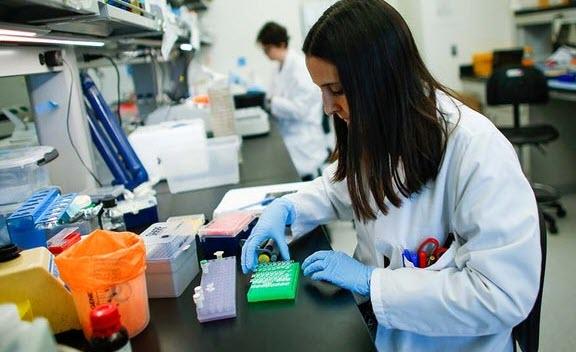Authored by Sharyl Attkisson, op-ed via TheHill.com,
One death is too many – and with careful management and a lot of luck, the coronavirus sweeping the globe will be curbed, in terms of illness and loss of life.
But in the heat of the moment, difficult questions have been raised that will persist beyond the current crisis. Here are six of them:
1. Is self-quarantining good enough?
Everyone would like to believe that anyone possibly exposed to a serious contagious disease would comply with self-quarantine requirements. But history teaches a different lesson. We need only look at TV personality Nancy Snyderman, a medical doctor who violated her Ebola self-quarantine in 2014. She had agreed to observe a voluntary 21-day quarantine in her New Jersey home after reporting in Liberia, where a photographer on her team contracted Ebola. Yet, Snyderman was spotted getting takeout soup from a local restaurant.
There are plenty of examples of lesser-known patients violating quarantines. In 2003, a San Mateo County, Calif., man came down with symptoms of Severe Acute Respiratory Syndrome (SARS) and got caught violating a voluntary agreement to stay in his home.
Others who are quarantined during public health emergencies might be ill-informed, noncompliant, or even willfully spread the disease.
2. Do quarantines work well anyway?
Maybe not. A quarantine after the 2003 outbreak of SARS in Toronto was deemed “both inefficient and ineffective,” according to an article published by The Canadian Journal of Infectious Diseases & Medical Microbiology. A subsequent public health analysis concluded that at least 25 times more people were quarantined than was appropriate, the quarantine was “clearly ineffective” in identifying potential SARS patients, and only 57 percent of people quarantined were “compliant.”
3. How would a large quarantine be implemented and enforced?
During the 2003 SARS outbreak, police in China arrested a doctor infected with SARS for allegedly breaking quarantine and starting a further outbreak that infected more than 100 people. China then threatened to impose the death penalty on anyone who knowingly spread the disease.
If self-quarantining is not deemed effective enough, how would one reasonably enforce a quarantine of large numbers of people in a free society such as the U.S.? Where would they be kept and how would they be monitored? In many U.S. states, violation of a quarantine order constitutes a criminal misdemeanor, according to the Centers for Disease Control and Prevention (CDC). These issues are not new but remain largely unresolved.
4. How much do we have a right to know?
Whose rights trump whose? Does a patient’s right to privacy outweigh the public’s right to know if they might have been exposed to a potentially deadly disease? If the general public is kept in the dark, how can an illness truly be well-contained?
In Maryland this past week, public officials were vague in their announcement that three people came down with coronavirus while on a cruise. Citing privacy concerns, the officials withheld a great deal of information that would allow others to know if they, too, might have been exposed. However, much of the withheld information would not have revealed the patients’ identities. The withheld information includes such questions as where the infected patients had travelled, the cruise they were on, and the name of the hospital where they went for testing while infected.
Even if this information would reveal identities, do patients have greater rights than potentially exposed members of the public? Since most coronavirus patients have no symptoms but can still spread the disease, isn’t it crucial for those who were on the impacted cruise, or otherwise exposed to the unknown patients, to now avoid contact with high-risk populations such as the elderly and the immune-suppressed? How can this be accomplished if the identities of the infected patients and the when-and-where details are kept secret?
Additionally, a Maryland team of health officials was said to be trying to develop a “ring of contacts,” which means the names of those who interacted with the unidentified patients. Yet, doing this secretly through patient accounts makes it more difficult to catch people who might have been exposed.
5. Should there be better, clearer protocols for infected people?
According to news reports, the CDC was clued into the three sick Maryland residents and “notified the state” that they should be tested. The next day, the three were reportedly “instructed to go to an unidentified hospital emergency room where medical staff in protective equipment collected samples for testing.” Who sent them to a hospital? Were all elderly and immune-suppressed people who might have been in the hospital notified and kept safe? Is there a better way to handle potentially infected patients besides sending them to populated clinics or hospitals?
6. How can taxpayers be protected from a money grab?
During health emergencies such as this one, enormous sums of taxpayer money exit the public coffers at the speed of light. Nobody wants to be blamed for appearing to hold back on money needed to save lives. Politicians in both parties risk getting blamed if they ask too many questions about exactly how all those emergency billions will be spent and how much is really needed. Sometimes, accountability goes out the window.
Unless you believe that politicians and agencies are above a money grab, especially if it can be justified under the auspices of a public health emergency, then you should favor prudent, careful allocation of resources with accountability on the front end and follow-up after the fact.
